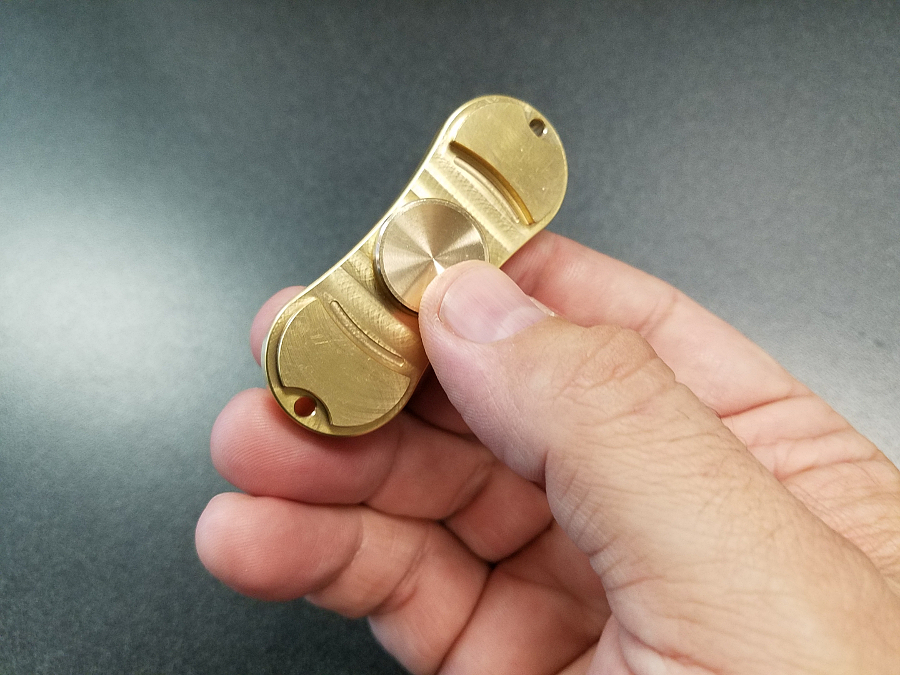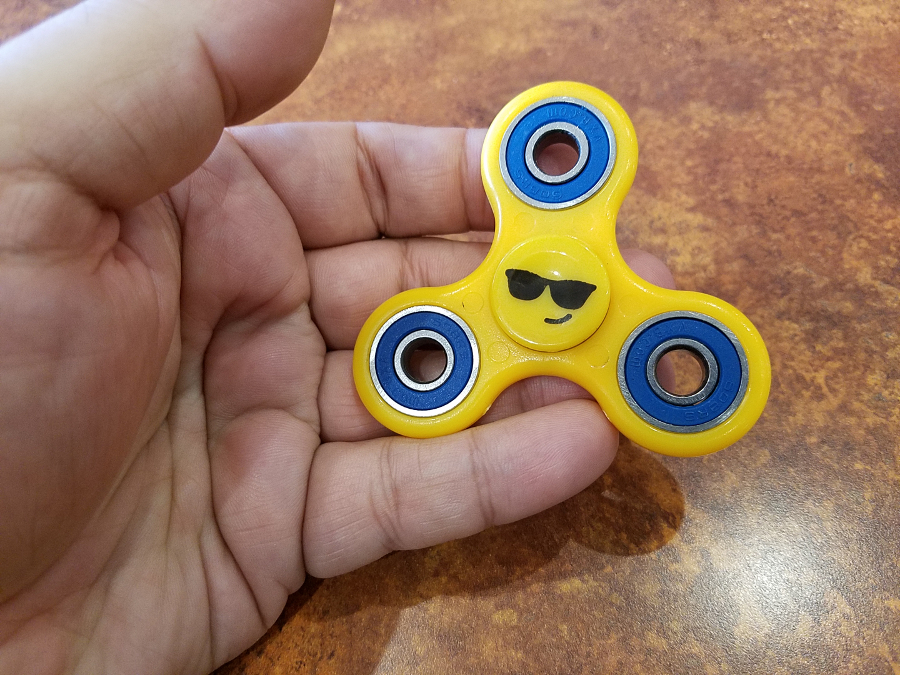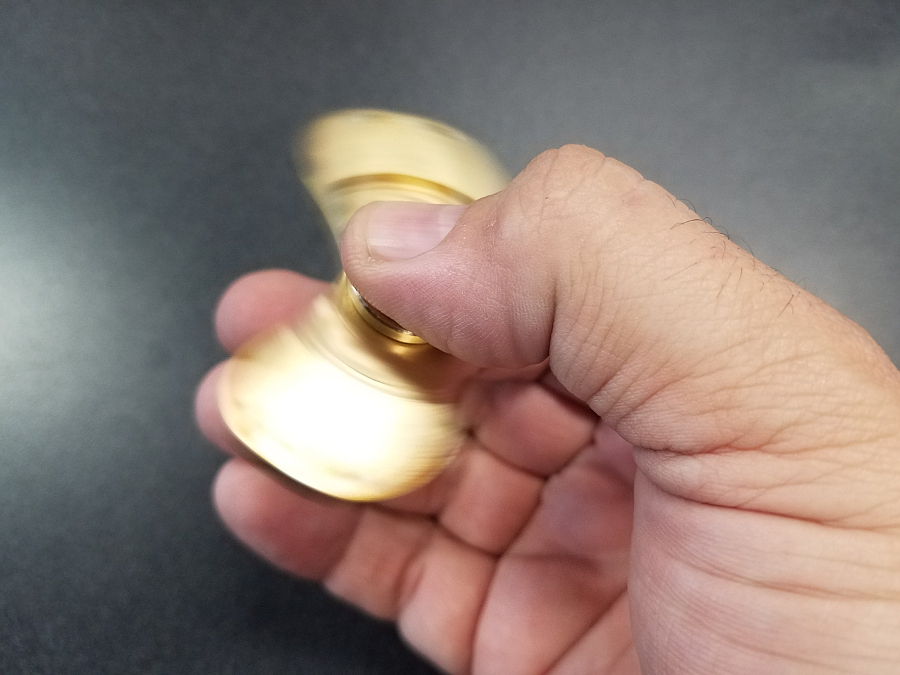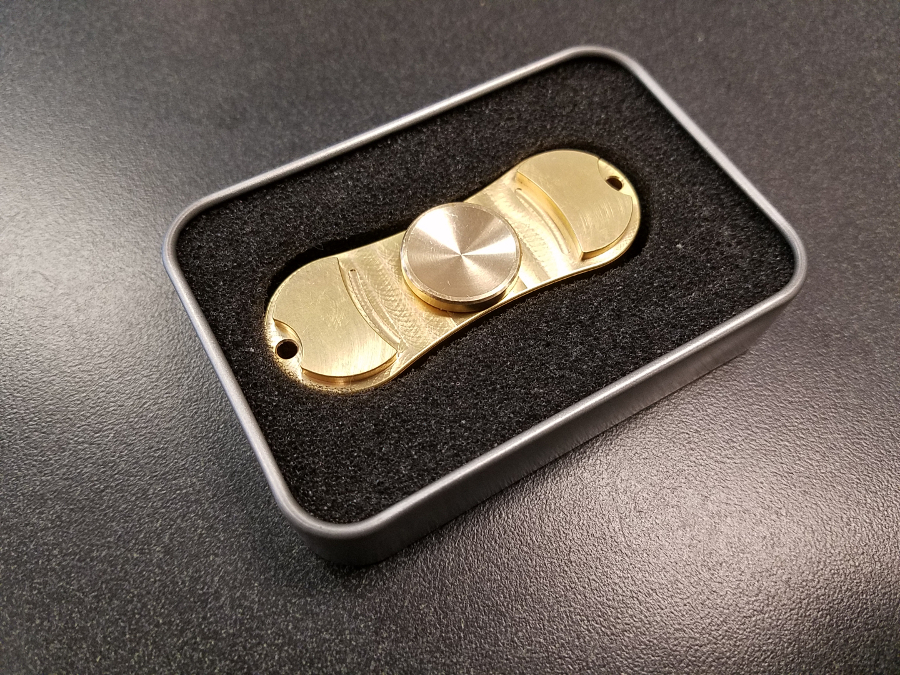The History of Fidget Toys
It all started with torqbars. Or maybe it was tops. It was definitely furthered with fidget cubes and spinners. And now everybody sells them, even your local grocery store.
I’m talking about fidget toys.
Let me start by explaining that “Torqbar” is a patent-pending , registered trademark product from MD Engineering, LLC (formerly SCAM Design). The popularity of this product has spawned a flood of copycat products, not to mention some outright copies. It was created by one Scott McCoskery and is nothing more or less than a weighted spinning widget that does… nothing.
The Origins of Today’s EDC Spinners
McCoskery created a gofundme.com account in 2015 that raised only $4,000 USD of a $15,000 USD goal. “I’m Scott McCoskery, SCAM Design is my label, and the Torqbar is my first product,” he wrote. “I’m overwhelmed by the interest level and want to get them in people’s hands as quickly as possible. I can’t deliver the quantity and quality to meet demand with my current CNC mill. I’ve started this campaign to help me fund a new mill that will increase my production time at least 5x. This means you can get your Torqbar much sooner and with even better precision. Donations will be applied as a credit towards your order, just like a deposit. Thank you for helping me make this 2 year long project a success!”
The implication is that the torqbar first hit the scene, at least in a substantive way, sometime around 2013 or 2014 — and was definitely a known quantity by 2015. It probably got the ball rolling — er, spinning — where EDC fidget toys are concerned. It’s one of the first ones I remember hearing about. As I recall, I actually had to search for “torque bars” online because I couldn’t figure out what it did. People in the EDC community, people obsessed with gear and gadgets and the toting thereof, were paying premium prices for these things. Were they some weapon whose purpose I could not divine? What did they do? Over and over again I learned the same thing.
They do nothing.
Well, that’s not fair. They spin. That’s the attraction of the torqbar. While it was a high-quality product, it was also hindered by the fact that it was very expensive. When your product costs as much as some quality folding knives, you are limiting your audience. The Chinese-made copycats that have flooded the market since, some of which look exactly like torqbars, lack the fit and finish of McCoskery’s original. Most people, however, will gladly sacrifice the smoother spin of a premium product if they can pay six dollars at their local grocery store for something that is almost the same. So it is with the “fidget spinner,” the generic name applied to all manner of spinning toys. Some are more closely modeled after the torqbar than others. One popular variant is a three-limbed spinner.
The genie was well out of the bottle by 2015. In the summer of 2016, a Kickstarter campaign raised an astonishing six million USD for the “fidget cube.” Arguably even more useless than a torqbar or fidget spinner, the cube doesn’t even spin. It’s a “desktop toy” covered in switches and buttons. The user can mindlessly poke away at the toy while trapped in a meeting or stranded inside a cubicle. That is the limit of its function. People love it. Like McCoskery’s torqbar, copies of the fidget cube are everywhere, churned out by Chinese manufacturing interests who treat copyright law as more of a general guideline than a rule.
The History of Fidget Toys
I’ve been told that spinning tops were popular among EDC community members before the torqbar hit the scene. That makes a certain amount of sense, as McCoskery probably took his inspiration from somewhere. Precision metal spinning “pocket tops” seem to proliferate in dated Google Searches around 2014, particularly on the craft site Etsy. But the greater concept of “fidget toys” goes back father. The earliest references I found online were almost 15 years old, which means the concept goes back father than that.
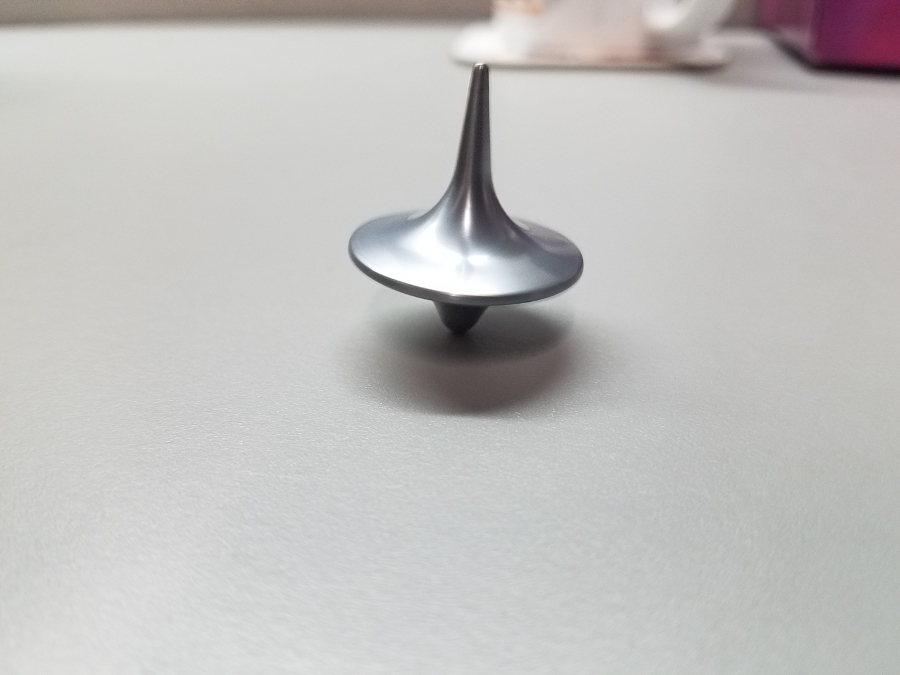
In 2003, Amy Fuselier wrote that children on the autism spectrum frequently have difficulty filtering sensory input. She refers to “sensory accommodations” as one means of regulating and even decreasing negative reactions to sensory input. One of the “accommodations” she cited was fidget toys. Also in 2003, the Center of Development Pediatric Therapies website included a reference to fidget toys as a means of behavioral therapy. “If we were business executives we would call them ‘stress toys,” the site reads. “Fidgets (and stress toys) really do de-stress the body and help increase focus and attention. Fidgets have particular properties that intrigue our sensory systems.” These properties include interesting tactile composition, heaviness or pliability, movement opportunities, and a relatively small size that makes the toy handy enough to keep in a pocket.
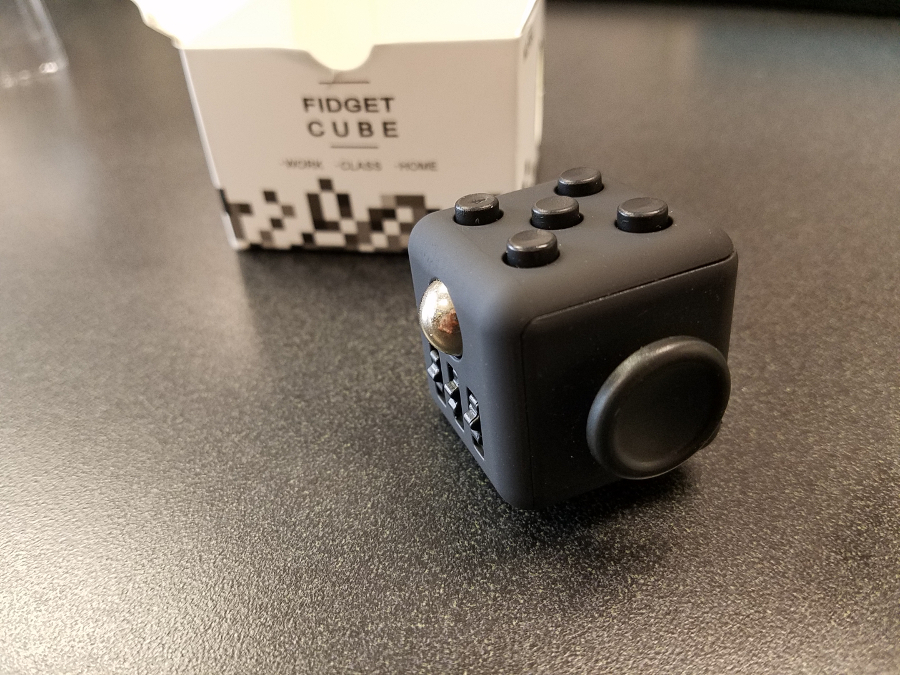
Sound familiar? It describes the current wave of fidget cubes and fidget spinners to a tee. By 2005 one finds references online to fidget toys as a developmental tool, useful for treating sensory processing disorder. Three years later, Gizmodo covered a USB-powered fidget toy “designed to replace doodling as a time-wasting activity in the office… The game’s bleeping and repetitiveness may either de-stress you, or distress you: but you’ll have to find that out for yourself.”
By 2011, fidget toys were well established as a means of treating those with sensory input issues. Katie Wetherbee asked whether they really “work” to help students focus and manage behavior in a blog posted that year. “Special education professionals agree that the effectiveness of fidget toys largely depends on the needs of the child,” she writes, going on to cite Dr. Sherri McClurg. “[Dr. McClurg explains that] fidget toys may fill a sensory need for students on the spectrum, and also can reduce tension and nervousness in kids who struggle with anxiety. Students with ADHD, however, may become focused on the fidget toy to the exclusion of the class discussion or activity.” Also in 2011, the Friendship Circle blog defined fidget toys as “self-regulation tools to help with focus, attention, calming, and active listening.” The upshot seems to be that the toy might help you focus and might reduce your stress… or might simply become something you’re obsessed with playing with. I imagine that’s true for kids on the spectrum just as it is for adults trapped in office work that bores them.
Who Needs Fidget Toys?
Five years ago, fidget toys were being touted as a means of helping those with Aspergers, ADHD, and other special needs. Hanna Bogen (a speech-language pathologist and social-cognitive specialist in Los Angeles, CA) wrote about the “fidget toy awakening,” saying that “the gist of a fidget toy is to be something that keeps a person’s hands engaged so they can keep their brain focused on what’s happening around them. They can be great little sensory supports for kids who need constant movement or pressure on their hands, and can aid in helping these kids with whole body listening (minus the perfectly quiet hands part).” Craig Kendall, author of The Asperger’s Syndrome Survival Guide, wrote in 2012 that “Fidget toys are anything that can help regulate your child’s sensory system. Fidget toys as an autism treatment have been around a long time. Sometimes they are some sort of plastic toy in your child’s hand, distracting them and their brain so that they can concentrate. Other times it’s something squishy, something that makes clickety noises [sic], or something that requires tactile manipulation to move or put back together.”
Just three years later, with the fidget toy beginning to creep from the realm of special-needs treatment to knife hobbyists, gadgeteers, and other gear fanatics, The Atlantic’s Julie Beck wrote that stress toys “might boost attention and memory.” A year after that, RJ Scofield speculated that fidget toys could help school kids who have trouble concentrating, and a year after that — just this past March, in fact — Dugan Arnett said in the Boston Globe that “there’s another trend getting traction: fidget toys.” He characterized them as “small, mindless, hand-held gadgets meant to harness nervous energy by giving people something to fiddle with.”
It took until 2017 to get it in print, but that’s probably the best definition of a fidget toy in today’s consumer landscape. Yes, it may help those with special needs, and has been known to do so for some time… but for the majority of the buying public, it’s simply a useless gadget that burns bored or nervous energy. As of this writing, in fact, the fidget spinner is selling out in grocery stores and has become wildly popular among grade-school students.
The fidget spinner is the toy to have for people of all ages… but that’s all it is. It’s not a lifestyle. It’s not a piece of everyday carry gear. It’s not a status symbol or the “iPhone of desktop toys.” It’s an utterly useless gadget that does nothing… and unless you suffer from sensory issues, there’s probably no reason you need one.
None of this, of course, explains why it’s so hard to stop playing with them.


